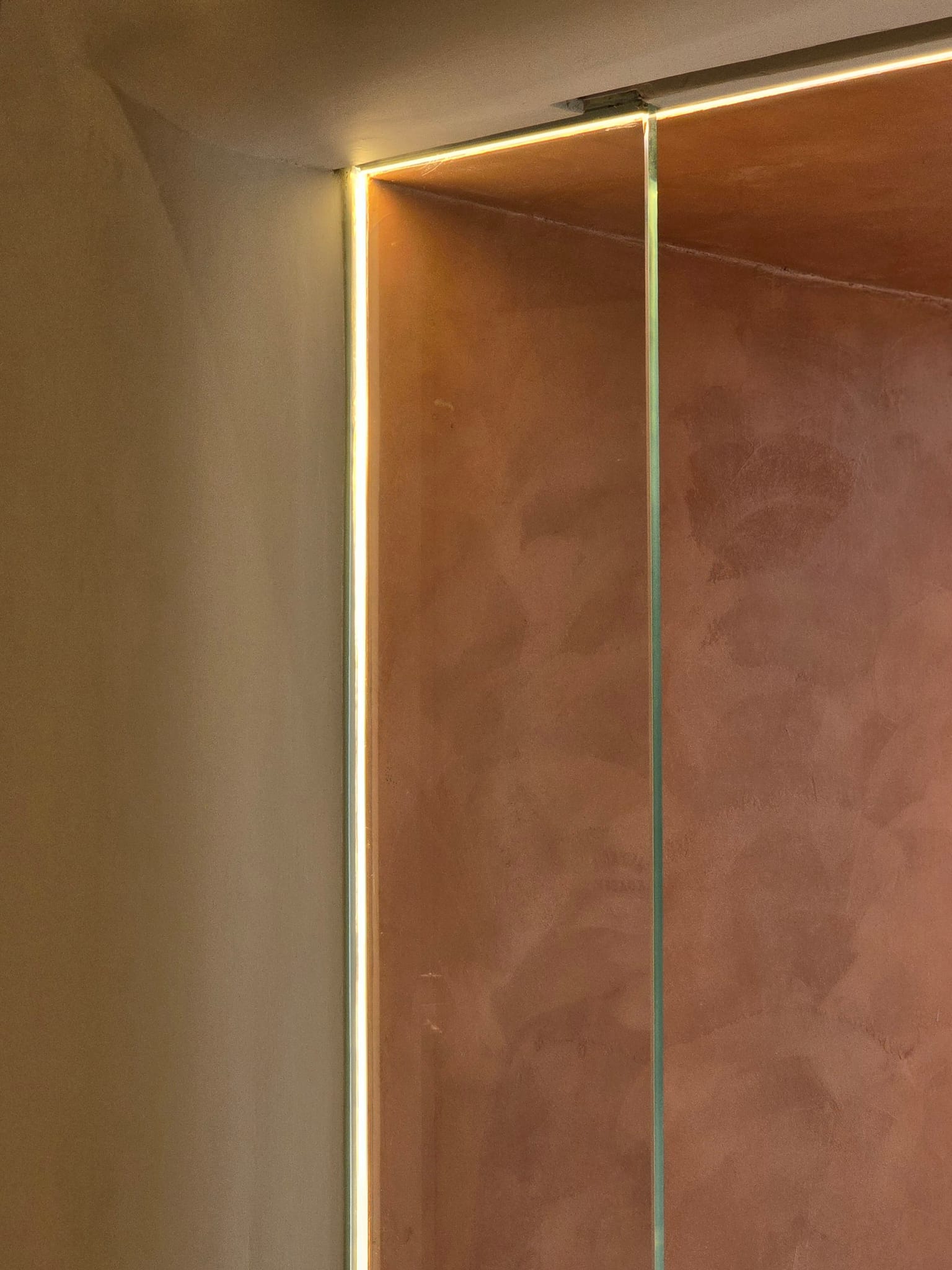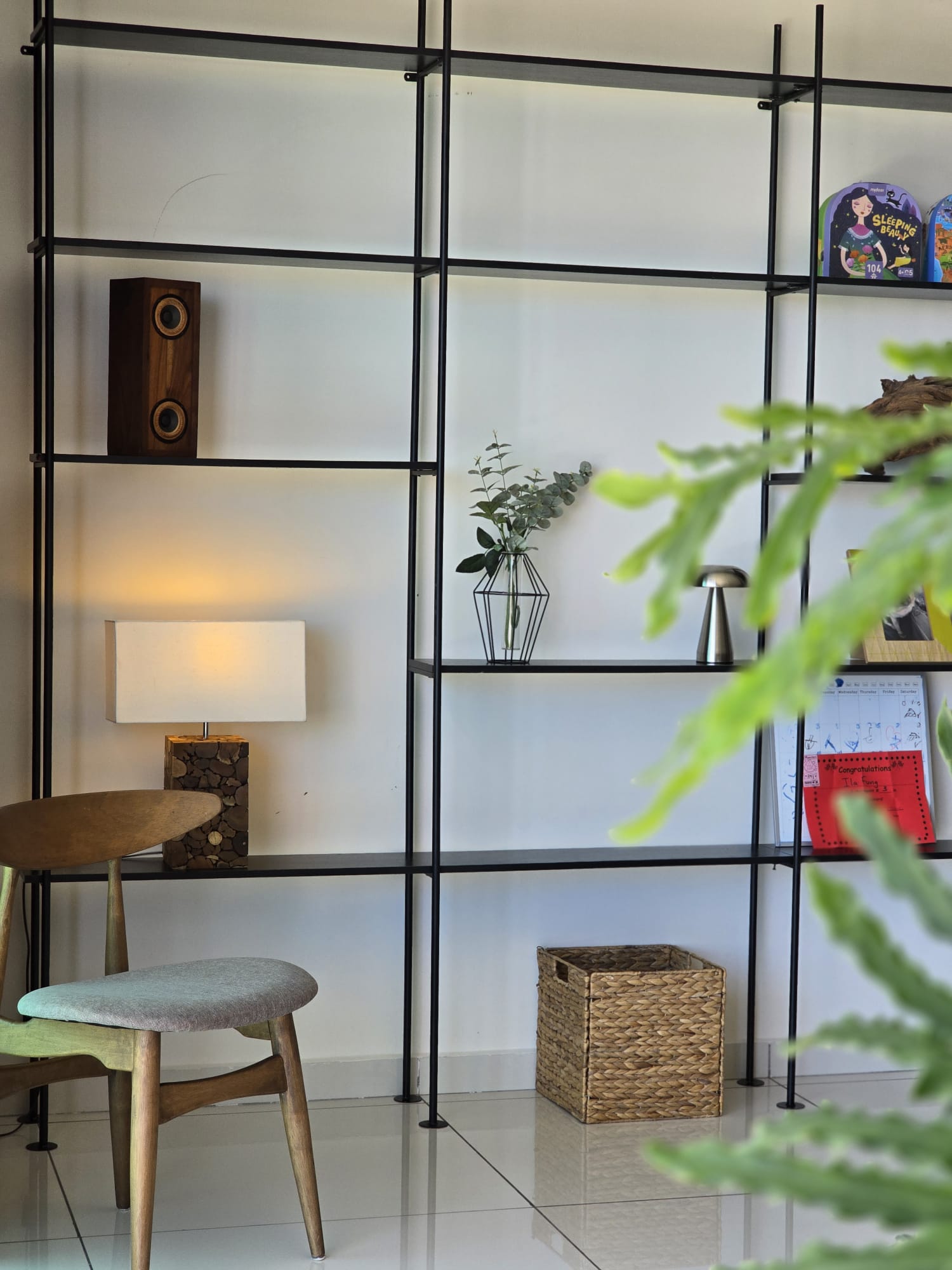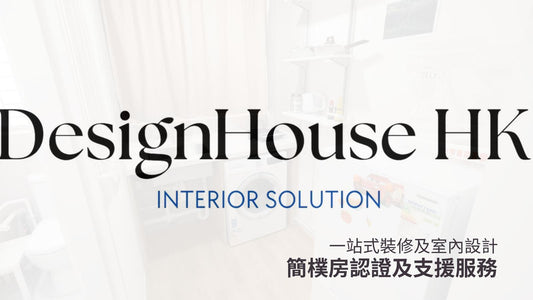
[Methods to remove formaldehyde after decoration]
Share
Formaldehyde is the most common volatile pollutant in modern decoration, but most people's understanding of it is only vague concepts such as "nasal attack" and "can cause cancer". Although formaldehyde is harmful to the human body, it is not a poisonous gas. Inhaling a certain amount or inhaling it for a long time will affect health. According to the safety standards set by the World Health and Environmental Protection Agency, the indoor formaldehyde concentration should be lower than 0.08ppm, while the EU is lower than 0.1ppm. Excessive formaldehyde in the room will have adverse effects on human health. According to data from the National Cancer Institute of the United States, when the formaldehyde content in the indoor air exceeds 0.1ppm, people who are sensitive to formaldehyde will have a burning sensation in the eyes, nose, and throat, and then cough, induce asthma, and skin irritation. It has a more serious impact on pregnant women and can easily cause fetal malformations. The harmfulness of formaldehyde should not be underestimated.

Formaldehyde concentration unit
Formaldehyde concentration is expressed in ppm, which is parts per million. , defined as the number of parts per million, that is, parts per million, 1ppm is one part per million. Taking paint as an example, there is one microliter (μL) of formaldehyde in one liter of paint , and the formaldehyde content is 1ppm. According to the above standards, it meets the definition of harmless to the human body. The formaldehyde contained in ten liters of paint cannot be more than or equal to one microliter (μL).
Formaldehyde: The omnipresent presence
The chemical nature of formaldehyde
Formaldehyde (chemical formula HCHO) is the simplest aldehyde compound. It is a colorless gas at room temperature with a strong pungent odor and is easily soluble in water. It has a small molecular weight and high volatility, so it can penetrate the human cell membrane and cause deep damage.
Industrial and life applications
Due to its low price and strong reactivity, formaldehyde is widely used in:
- Adhesive manufacturing: used for artificial board adhesives, glue
- Textile treatments: wrinkle-proof, shrink-proof, flame retardant
- Antiseptic and disinfection: specimen preservation, medical device sterilization
- Daily chemical products: cleaning agents, cosmetic preservatives
Formaldehyde release characteristics in decoration:
- Sustainability: The formaldehyde release cycle in the board can reach 3-15 years, and the first 3 months is the high volatility period
- Temperature and humidity influence: For every 1°C rise in temperature, the release amount increases by 12%-15%; when the humidity exceeds 60%, the diffusion rate doubles. Even low concentrations of formaldehyde (below 0.1ppm) may not have a noticeable odor, but it has exceeded the safety standard.
Formaldehyde hazards: from acute irritation to carcinogenicity
Toxicological mechanism of action
Formaldehyde is listed as a Class I carcinogen by the WHO. Its hazards come from:
- Protein denaturation: binding to cellular enzymes to disrupt metabolic function
- DNA damage: induces gene mutations, increases the risk of leukemia and nasopharyngeal carcinoma
- Immunosuppression: reduces lymphocyte activity, induces allergic asthma and urticaria
Acute exposure (indoor formaldehyde content 0.1-1ppm):
Eye and nose stinging, cough pain, pregnant women may cause fetal malformation
Chronic exposure (indoor formaldehyde content above 0.08ppm for 6 months):
Memory loss, insomnia, anxiety, and developmental delays in children
Cancer risk* (indoor formaldehyde content > 0.12ppm for a long time):
NCI study shows that occupational exposure increases the risk of sinus cancer by 74%
Formaldehyde sensitive groups
- Infants and young children: their respiratory volume/weight is twice that of adults, making them more vulnerable to damage
- Pregnant women: Formaldehyde can penetrate the placenta barrier and cause miscarriage or fetal malformation
- People with allergic constitution: may induce asthma and atopic dermatitis
Source of formaldehyde in decoration
Hong Kong has a relatively small unit area, so formaldehyde is difficult to dissipate in the air. Coupled with the humidity and heat, the harm of formaldehyde is easily aggravated. What are the sources of formaldehyde after renovation projects in Hong Kong?

No. 1: Panel furniture (accounting for about 60-70%)
- Wardrobes, bookcases, TV cabinets and other system furniture (mostly made of "bagasse board", "fiberboard" and other boards containing urea-formaldehyde resin)
- Customized cabinets (especially the bottom panels of kitchen cabinets, as moisture accelerates the release of formaldehyde)

No. 2: Floor and wall materials (accounting for about 15-20%)
Engineered wood flooring:
- Multi-layer glued structure, the bottom adhesive contains formaldehyde
- Hong Kong's humid climate can easily cause the floor to swell, accelerating the decomposition and release of glue
Wallpaper and glue:
- PVC wallpaper adhesive often contains formaldehyde
- Poor quality glue may be mixed with industrial glue to increase viscosity

No. 3: Coatings and paints (accounting for about 5-10%)
Inferior latex paint:
- Add formaldehyde to extend the preservation (especially for cheap interior paint)
- When some old buildings in Hong Kong are renovated, they are painted in multiple layers to cover up the mildew spots.
Wood paint:
- Solvent-based paint for wooden doors and window frames, with high initial release

No. 4: Soft furnishings and fabrics
Blackout curtains:
- Treated with formaldehyde resin for wrinkle and shrink resistance
- Hong Kong's high-rise buildings are densely packed and require blackout curtains, which poses a higher risk
carpet:
- Adhesive and dyes may contain formaldehyde
No. 5 : Hidden engineering materials (accounting for about 3-5%)
Glass glue and caulking agent :
- Inferior acidic glass glue has high short-term release
- Commonly found in bathroom countertops, window frame joints
Sound insulation cotton and thermal insulation materials:
- Some foam materials contain formaldehyde
Practical formaldehyde removal, embrace a healthy home
Source control strategy before renovation:
- Choose E0/ENF grade board
- Use formaldehyde-free adhesives such as MDI glue and soybean glue
- Use environmentally friendly functional paint
Material Alternatives:
- Floor: Choose low formaldehyde materials, such as SPC flooring/microcement
- Wall: Choose low formaldehyde materials, such as SPC stone plastic wallboard/ micro cement/ functional paint
- Furniture: Prefer solid wood with mortise and tenon structure, avoid finger-jointed boards
Tips for handling the volatile period:
Golden rules of ventilation:
- Ventilate for at least 3 months after decoration in summer and 6 months in winter
- Open windows from 10:00 to 16:00 daily, and place industrial fans diagonally to speed up ventilation
- Install fresh air system to maintain ventilation rate > 1.0 times/hour
Temperature and humidity control:
- Use a humidifier to control the humidity at 50%-60% to promote formaldehyde release
Formaldehyde purification technology:
Activated carbon adsorption technology - simple to operate but easily saturated and needs to be replaced regularly. The estimated formaldehyde removal efficiency is 15%-30%
Photocatalytic oxidation - long-term decomposition of pollutants requires continuous activation by ultraviolet light, with an estimated formaldehyde removal efficiency of 50%-70%
Bio-enzyme decomposition - microorganisms metabolize formaldehyde, causing no secondary pollution to the environment, with an estimated formaldehyde removal efficiency of 40%-60%
Air purifier HEPA + activated carbon filter - can reduce the concentration immediately, but it is only a temporary solution and has high consumable costs. The estimated formaldehyde removal efficiency is 60%-80%.
Professional fumigation treatment - high temperature steam penetration and decomposition, quickly reducing the short-term release of formaldehyde, with an estimated formaldehyde removal efficiency of 70%-90%
Misunderstandings about formaldehyde purification technology :
Green plants remove formaldehyde: 12 pots of green radish are needed to achieve the theoretical effect in 1 square meter of space
Peel masking method: grapefruit peel and tea leaves can only mask the smell, but have no decomposition effect
Ozone oxidation risk: High concentrations of ozone are a primary pollutant and may damage lung function
Design House HK | Focus on home health
In addition to providing professional interior design services , Design house HK also pays attention to your home health. In terms of decoration materials, we have environmental paints, SPC stone plastic boards imported from Germany and Belgium, and micro-cement partners with French A+ environmental certification. For furniture, we use E0 boards to ensure the health of children, the elderly or pets at home. Please feel free to inquire about our interior design services.






